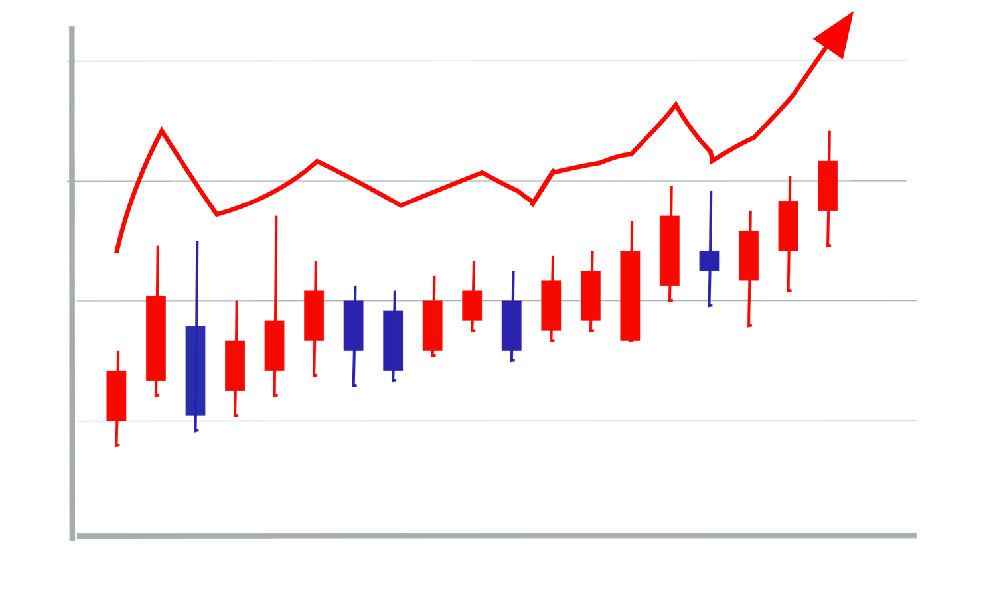Let's delve into the fascinating world of NBA player salaries and the complex factors that contribute to their often-astronomical figures. Understanding the economics behind professional basketball reveals a compelling interplay of revenue generation, collective bargaining, market forces, and individual talent.
The sheer amount of money NBA players earn often raises eyebrows. To put it into perspective, the average NBA salary hovers around $10 million per year. Superstars can command contracts worth upwards of $50 million annually. This substantial compensation is primarily driven by the massive revenue generated by the NBA, which stems from multiple sources. Television deals are a significant contributor. Networks like ESPN, TNT, and ABC pay billions of dollars for the rights to broadcast NBA games. These lucrative agreements ensure widespread viewership and provide a steady stream of income for the league. Then there's ticket sales. Filling arenas night after night generates significant revenue. Prime seating commands high prices, contributing substantially to team coffers. Merchandise sales also play a crucial role. Jerseys, hats, and other NBA-branded merchandise fly off the shelves, adding to the league's overall profitability. Sponsorship deals with major corporations are another vital revenue stream. Companies pay substantial sums to associate their brands with the NBA and its teams, capitalizing on the league's global reach and popularity. International expansion further boosts revenue. The NBA's efforts to grow its fan base and presence in countries around the world open up new markets and revenue opportunities.
The Collective Bargaining Agreement (CBA) between the NBA and the National Basketball Players Association (NBPA) is a critical element in determining how this revenue is distributed. The CBA essentially establishes the rules of engagement between the league and its players, defining things like the salary cap, minimum salaries, and player contract terms. A key aspect of the CBA is the "basketball related income" (BRI) split. The BRI represents the total revenue generated by the NBA, and the CBA dictates what percentage of this revenue goes to the players. This ensures that players receive a significant portion of the league's income, reflecting their vital role in generating that revenue. The salary cap, a central feature of the CBA, is designed to create competitive balance among teams. It sets a limit on the total amount of money each team can spend on player salaries. This prevents wealthy teams from simply buying up all the best players and dominating the league. However, there are exceptions to the salary cap, such as the "Bird Rights" exception, which allows teams to re-sign their own players even if it puts them over the cap. The CBA also outlines minimum salary levels for players, ensuring that even those at the lower end of the salary scale receive a fair wage.

Beyond the overall revenue and the CBA, individual player salaries are determined by a complex interplay of factors. Market demand, influenced by a player's skills, popularity, and potential, is a key driver. Players who are highly skilled, possess star power, and have a proven track record of success are naturally in higher demand and command higher salaries. Their performances on the court directly translate to wins, increased viewership, and ultimately, greater revenue for their team and the league. Scarcity also plays a role. In a league with limited roster spots, players with unique skills or positional versatility are highly valued and can command a premium. Think of dominant centers, elite three-point shooters, or versatile defenders. Proven performance is also a critical factor. Players with consistent track records of high scoring, rebounding, or playmaking are more likely to receive lucrative contracts. Teams are willing to invest in players who have demonstrated their ability to perform at a high level over an extended period. Potential is also considered, especially for younger players. Teams are often willing to take a risk on players with exceptional potential, hoping that they will develop into superstars. This is why top draft picks often receive substantial contracts, even before they have proven themselves in the NBA.
The system is not without its criticisms. Some argue that the vast sums paid to NBA players are excessive, especially when compared to other professions. The debate often revolves around the perceived value of entertainment versus other essential services. The counter-argument is that NBA players are highly skilled professionals who dedicate their lives to their craft, generating billions of dollars in revenue for the league and its stakeholders. They are also role models for many young people and contribute to their communities. Another criticism centers on the perceived imbalance in the distribution of wealth. While the average NBA salary is high, there is a significant disparity between the salaries of superstars and those of role players. This raises questions about fairness and equity within the league. Finally, the impact of endorsements and sponsorships on player wealth is often discussed. Many NBA players supplement their on-court earnings with lucrative endorsement deals, further increasing their overall compensation. This can create an even greater divide between the highest-paid and lower-paid players.
In conclusion, NBA player salaries are a complex issue driven by a confluence of factors including substantial revenue generation, the structure of the Collective Bargaining Agreement, market forces, and individual player performance. While the sums involved can seem staggering, they reflect the economic realities of a multi-billion-dollar industry that relies heavily on the talent and performance of its players. The ongoing debate surrounding player compensation highlights the challenges of balancing market forces, competitive balance, and fairness within the league.











